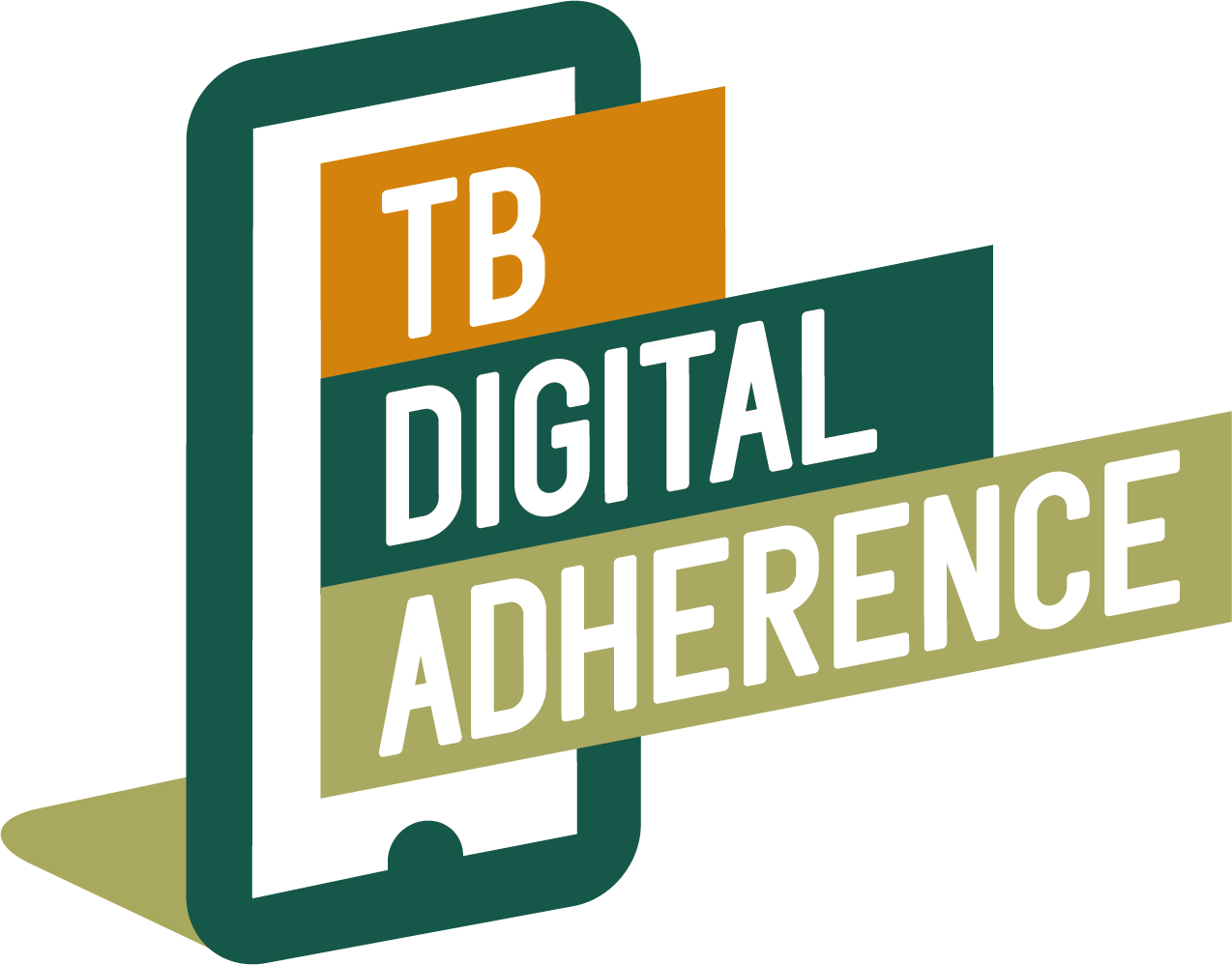Somalia introduces Digital Adherence Technologies
Tuberculosis (TB) remains a critical public health issue in Somalia, characterized by high incidence and prevalence rates. The country’s healthcare challenges are compounded by conflict, displacement, and limited resources, making the efforts to end TB particularly difficult. Incidence of TB in Somalia was approximately 274 cases per 100,000 in 2023 with over 18,000 TB cases notified and enrolled on treatment. As of 2024, Somalia introduces Digital Adherence Technologies (DATs) as a support tool of their EndTB strategy and improve TB treatment adherence.
What is the current status of TB in Somalia?
World Health Organization (WHO)’s Global TB Report 2023 places Somalia not among the 30 high burden TB countries but among the 30 high burden multidrug-resistant/rifampicin-resistant TB (MDR/RR-TB) countries, highlighting TB treatment and drug resistance as a significant challenge, with approximately 5% of new TB cases and 20% of previously treated cases exhibiting resistance to first-line treatments. Digital Adherence Technologies (DATs) are relevant tools for improving treatment outcomes for people with drug-resistant TB (DR-TB) in Somalia.
Initially, the country had only one hospital dedicated to treating people with MDR-TB, which expanded to three hospitals. Despite this growth, people with TB faced significant challenges in adhering to treatment due to the need to travel long distances for care. To address this issue, Somalia has embarked on decentralizing DR-TB services, expanding to seven hospitals nationwide.
Introduction of DATs in Somalia
The introduction of DATs plays a pivotal role in this decentralization efforts. By employing Smart Pill Boxes and Video Supported Treatment (VST), healthcare providers can remotely oversee individuals’ adherence to treatment. This technology allows providers to track medication intake accurately and provide timely interventions when adherence issues arise. As a result, people with TB can manage their treatment at home, reducing the need for frequent hospital visits and overcoming geographical barriers associated with traditional Directly Observed Treatment (DOT).
DATs empower people with TB by giving them the tools to take responsibility for their health while maintaining a connection with their healthcare providers. This person-centered approach not only improves convenience but also enhances the overall treatment experience.
By fostering better adherence, DAT implementing partners in Somalia are hoping that this tool will contribute to more successful treatment outcomes, reducing the risk of treatment failure and further drug resistant strains.
VST in Somalia
Somalia boasts one of the highest internet speeds on the continent, and a large portion of the population uses smartphones. This widespread connectivity and technological adoption made it an easy decision for the country to implement VST as one of the supporting technologies.
Smart Pill Box in Somalia
For the Smart Pill Box, the practicality and effectiveness were compelling, particularly after observing its successful implementation in the ASCENT Project in Ethiopia. The Smart Pill Box is user-friendly, requiring minimal effort from individuals. They simply need to open the box and take their medication daily, aided by a pre-set alarm reminder.
These factors led to the decision to implement both VST and the Smart Pill Box in Somalia. These technologies provide a convenient and efficient way to support people with TB in adhering to their treatment regimens.
Senior Project Coordinator at World Vision Somalia and DAT project Coordinator, Amatarahman Isse Omar states:
“We have successfully completed the training of 27 healthcare professionals from more than 14 TB hospitals. So far, we have enrolled 31 patients from Hargeisa TB Hospital in the Smart Pill Box and VST programs. These technologies are designed to enhance treatment adherence and improve patient outcomes. We plan to begin enrolling patients from other hospitals very soon to expand the reach of these innovative programs. We aim to enroll 400 people with drug-resistant TB (DR-TB) by September 2024.”
“Our immediate focus is to ensure robust treatment adherence, particularly for those on the new short drug regimens, BPaL and BPaLM, which were introduced in 2024. We are also committed to ongoing testing and identifying opportunities to support people with drug sensitive TB (DS-TB). Additionally, we plan to track how DATs can help reduce the catastrophic costs that patients face during treatment. Furthermore, we intend to integrate our efforts with other systems, such as the DHIS2 managed by the government, to streamline data collection and enhance the overall effectiveness of the program.”
